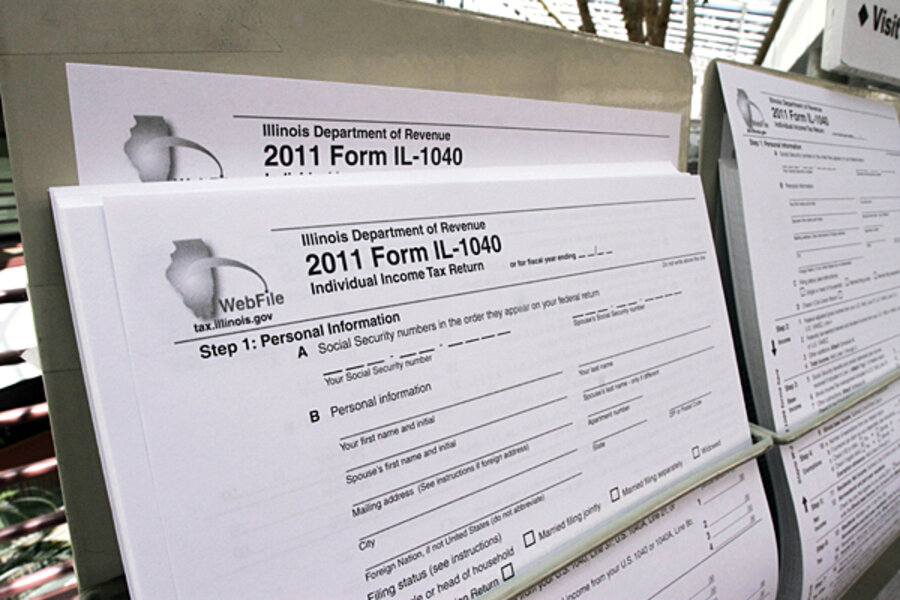How does your county's income tax compare with the rest of the US?
Loading...
Differences in income and other characteristics mean that federal income tax burdens vary substantially across counties. While the median federal income tax burden across counties is about $3,400, approximately 10 percent of counties have average tax burdens less than $2,100 and around 10 percent of counties have average tax burdens over $6,700. Counties with high federal income tax burdens are concentrated around large cities, the California coast, southern Florida, and the corridor between Washington DC and Boston.
Income taxes comprise a substantial fraction of the country’s revenue stream. In recent years, around 45 percent of federal revenue was derived from income taxes, with federal income tax revenue amounting to about 7 percent of GDP. Income tax burdens vary for a host of reasons, including family demographic characteristics, level and composition of income, and deductions and tax benefits claimed. Since these characteristics vary by geographic location, it is natural to see variation in income tax burdens across localities.
A new map presents variation in income tax burdens for each county in the United States. (Data are from 2007, the most recent data available for this type of analysis.) The variation—due in large part due to differences in incomes—is stark. In absolute dollars, the average tax burden across counties is $3,419, but some counties’ average tax burden is substantially more and some counties’ burden is substantially less. Ten percent of counties have average tax bills of $2,102 or less, while ten percent of counties had average tax bills of $6,745 or more. As a share of adjusted gross income, the lowest 10 percent of counties had average tax bills under 7.4 percent of income while the top 10 percent of counties had average tax bills in excess of 11.7 percent of income. (See here for an interactive map that also presents county-level tax burdens as a share of income.)
In general, counties with higher income tax burdens—due in large part to higher incomes—tend to be clustered around large cities. For example, most counties in Illinois have low average federal income tax burdens, with the exception of those counties surrounding Chicago. In addition, Texas counties close to Dallas, Houston, and San Antonio generally have higher tax federal income tax burdens relative to those counties farther from a major city. Counties located on the California coast, in southern Florida, and within the corridor between Washington DC and Boston also tend to have higher federal income tax burdens. In addition, some counties that host popular ski resorts—such as Pitkin County, CO (which contains the city of Aspen) and Teton County, WY (which contains Jackson Hole)—also have notably high income tax burdens.
Several caveats to the data are worth noting. One, the data only include those families who filed income tax returns. Thus, families who did not file returns are not counted in the average tax burdens. Two, in 2007 many low- and middle-income families could receive a stimulus-based rebate, but only if they filed an income tax form. This induced some families who would not have filled income taxes to submit a tax return in order to receive the rebate. Lastly, to protect the confidentiality of taxpayers, the Statistics of Income division at the Internal Revenue Service has omitted information from some counties; data on these counties is not publicly available.







